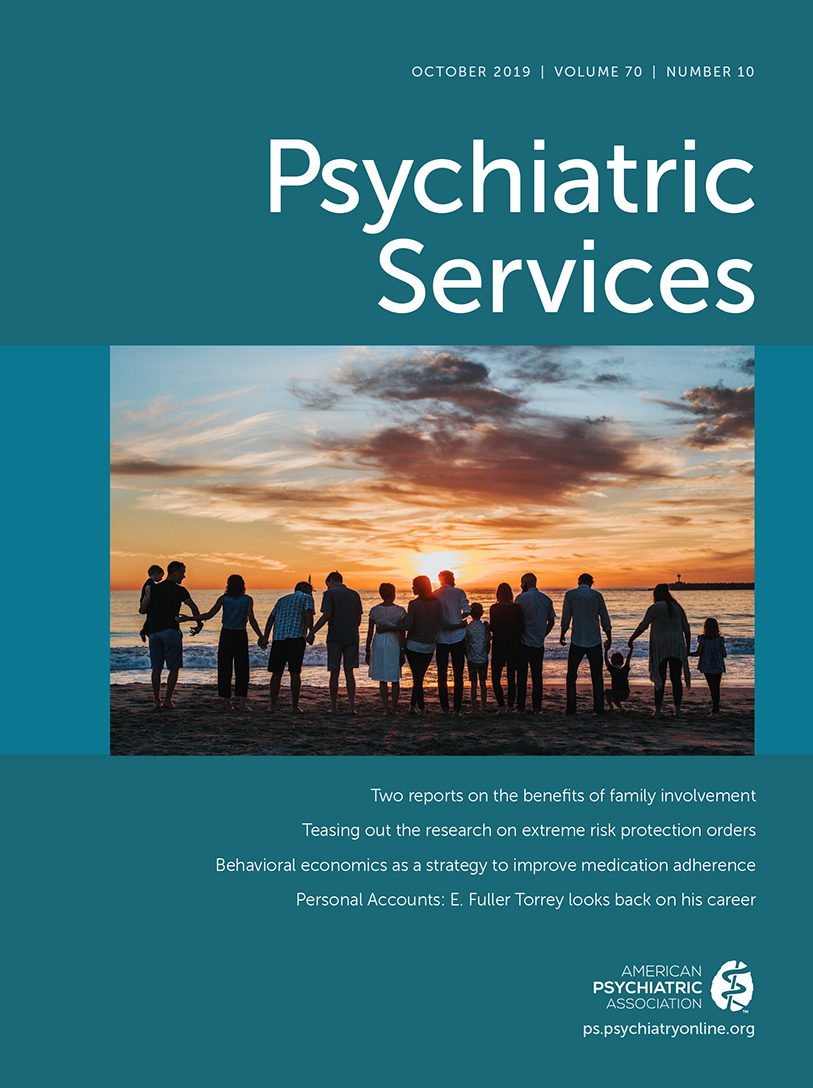Psychiatric Emergency Department Visits After Regional Expansion of Community Health Centers
Abstract
Objective:
Regional primary health care system capacity may affect the demand for psychiatric visits to the emergency department (ED). In the United States, community health centers (CHCs), which serve low-income regions regardless of individuals’ ability to pay, expanded primary care services by over 70% in the past decade. No research, however, evaluates whether this expansion affects overall psychiatric ED visits. This hypothesis is tested in 143 U.S. counties that expanded CHC services.
Methods:
For the years 2006 through 2011, 18.84 million psychiatric outpatient ED visits were aggregated by county-year for the 143 U.S. counties with a participating CHC. The rate of psychiatric ED cases in a county-year is the dependent variable. Two independent variables were examined: total patients seen at CHCs and total patients receiving mental health services at CHCs. Fixed-effects regression methods controlled for county effects, year effects, and other health care and sociodemographic factors.
Results:
Psychiatric ED visits fell below expected levels in county-years where the volume of overall CHC patients rose (coefficient=–0.059; standard error=0.027, p=0.03). Findings indicate no relation between the volume of mental health patients seen at CHCs and psychiatric ED visits.
Conclusions:
An increase in general primary health care to an underserved population, in the form of CHCs, corresponds with a decline in psychiatric ED visits. This result coheres with a recent Medicaid expansion experiment in which increased access to general primary care reduced the prevalence of undiagnosed and untreated depression. Findings, if replicated, may hold policy implications for regional health systems.



